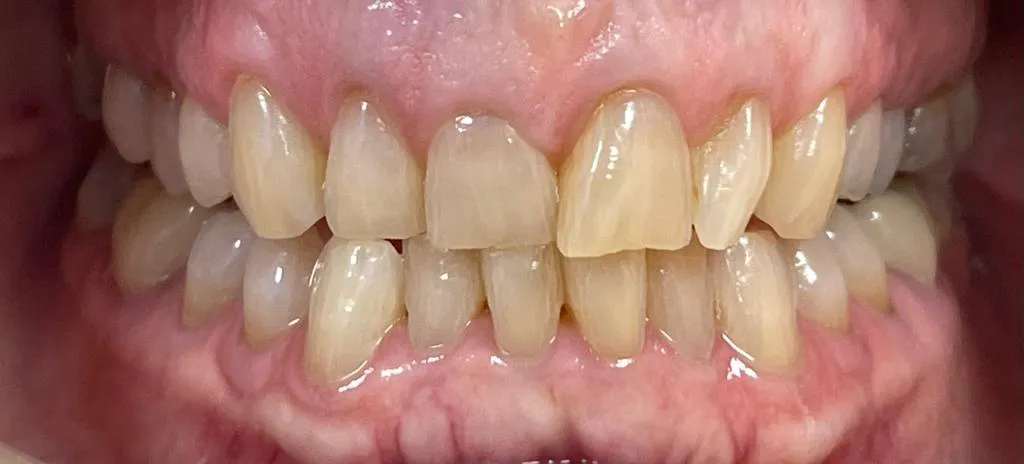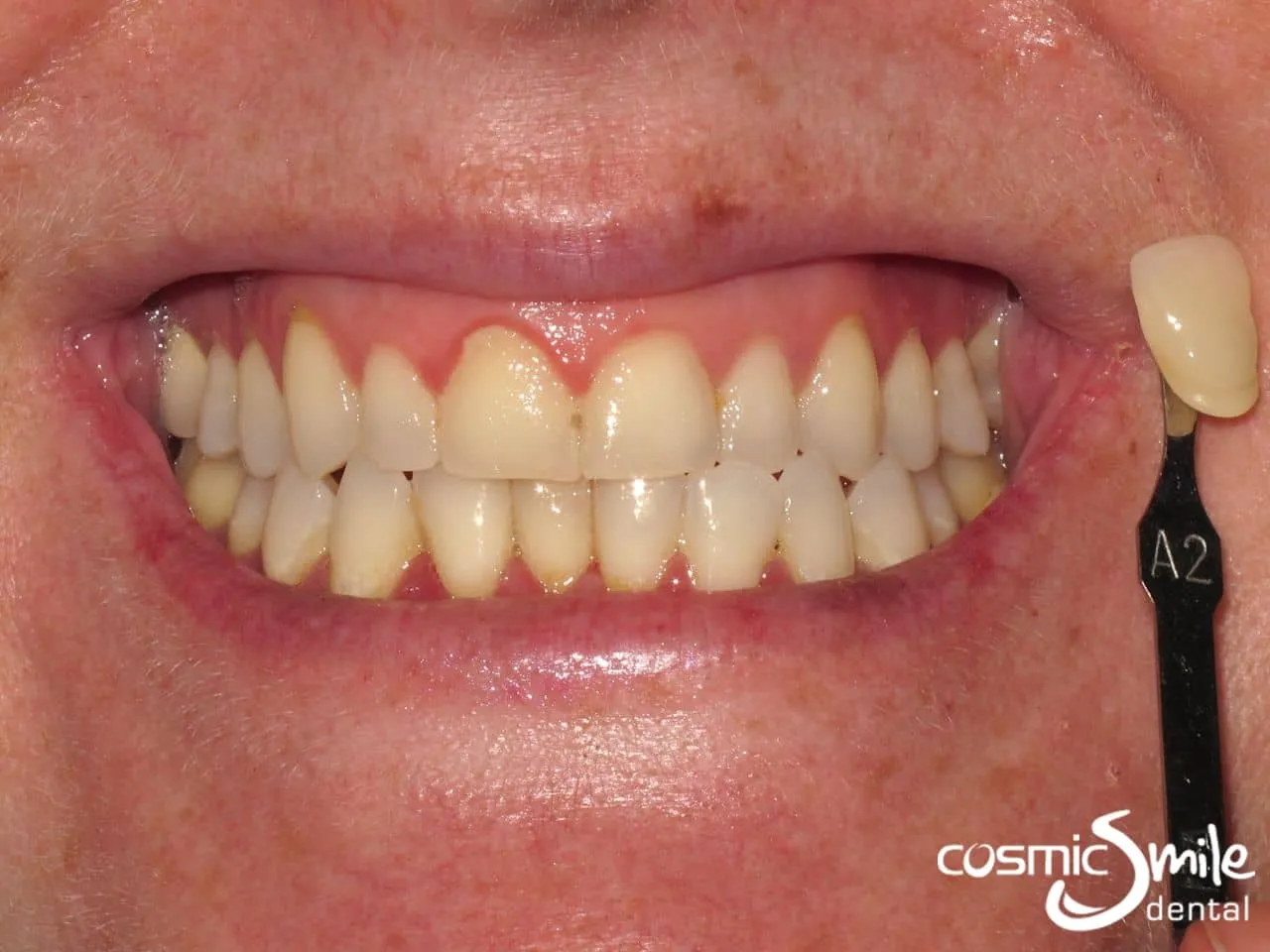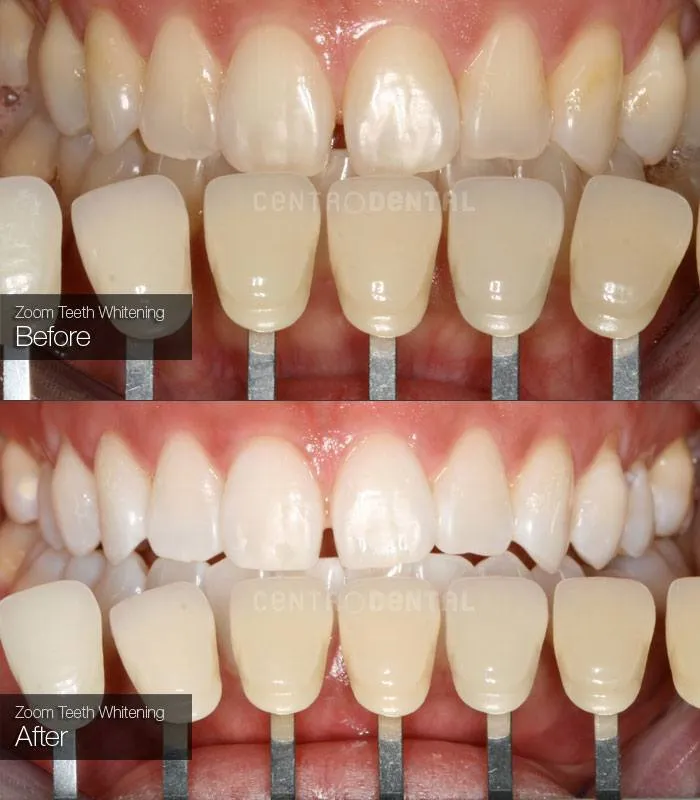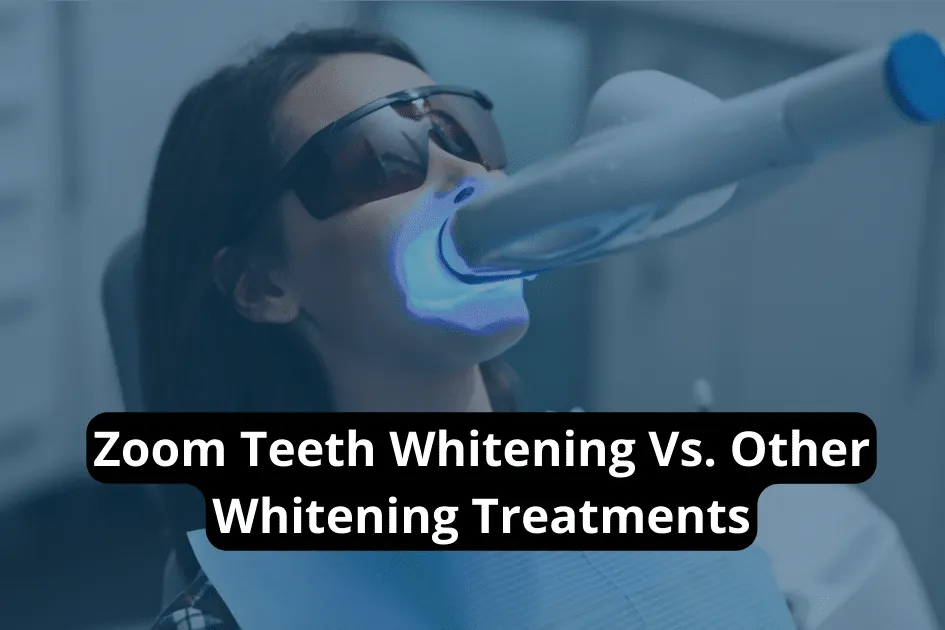Understanding Teeth Whitening Zoom and Boost Treatments
The quest for a brighter smile often leads individuals to explore various teeth whitening options. Among the most popular professional treatments are Zoom and Boost. Both are in-office procedures that promise dramatic results, but they differ significantly in their approach and technology. Understanding these differences is crucial for anyone considering teeth whitening. This article delves into a detailed comparison of Zoom and Boost teeth whitening, highlighting their procedures, effectiveness, and potential drawbacks, to help you make an informed decision. Both treatments are designed to remove stains and discoloration from your teeth, but they utilize different methods and technologies to achieve this goal. The choice between Zoom and Boost should be based on individual needs, preferences, and the guidance of a dental professional. Choosing between these treatments can be complex and requires consideration of factors like your dental history and the desired outcome.
The Science Behind Zoom Teeth Whitening
Zoom teeth whitening is a light-activated procedure. The process involves applying a hydrogen peroxide-based bleaching gel to the teeth, which is then activated by a special Zoom lamp. This lamp emits a specific wavelength of light designed to accelerate the bleaching process. The light energy helps the hydrogen peroxide penetrate the enamel, breaking down the stain molecules and lightening the teeth. This method is known for its efficiency and ability to deliver noticeable results in a single session. Zoom whitening has gained popularity due to its effectiveness and relatively short treatment duration. This is a chemical process enhanced with light energy to accelerate the process. The science behind Zoom whitening is based on the reaction of hydrogen peroxide with the tooth enamel and dentin to remove stains and discoloration, the light serves as a catalyst to speed up the chemical reaction.
How Zoom Whitening Works

The Zoom teeth whitening process typically begins with a consultation and examination by a dentist. After this, the dentist isolates the teeth, protecting the gums and soft tissues. The Zoom whitening gel is then applied to the surface of the teeth. The Zoom lamp is positioned to shine directly onto the teeth, activating the gel. This process is usually repeated in 15-minute intervals, and the entire procedure typically takes about an hour. The number of sessions can vary depending on the desired level of whitening and the initial condition of the teeth. After the treatment, the dentist will provide post-whitening instructions, including guidelines on diet and oral hygiene. The process is a blend of science and technique, with each step carefully executed to maximize the whitening effect and minimize any potential discomfort. The process includes the application of a high-concentration hydrogen peroxide gel, followed by exposure to a specialized light source, which is a critical step in the Zoom whitening process, it accelerates the bleaching action of the gel.
Advantages of Zoom Whitening
One of the primary advantages of Zoom whitening is its speed. The treatment can significantly whiten teeth in just one session, making it a convenient option for those seeking immediate results. The procedure is generally considered safe when performed by a qualified dental professional. The results are often dramatic and can last for an extended period, depending on the patient’s lifestyle and oral hygiene. The Zoom whitening system is designed to be comfortable, with measures taken to protect the gums and minimize sensitivity. The swiftness and effectiveness of Zoom whitening make it a preferred choice for individuals preparing for special occasions or those looking for a quick smile transformation. Zoom whitening is known for its ability to provide a noticeably brighter smile in a short amount of time, making it a popular choice for patients looking for a quick fix.
Disadvantages of Zoom Whitening
While Zoom whitening offers many benefits, it also has some potential drawbacks. Teeth sensitivity is a common side effect, which can last for a few days after the treatment. The cost of Zoom whitening is typically higher than other teeth whitening options, including over-the-counter products and some other professional treatments. Although rare, there is a risk of gum irritation or damage if the protective measures are not adequately applied. The results are not permanent and can be affected by lifestyle factors such as diet and smoking. Regular maintenance and follow-up treatments may be necessary to maintain the desired level of whiteness. It is important to consider the potential discomfort and cost before deciding to undergo Zoom whitening, and it is essential to discuss these factors with your dentist.
The Science Behind Boost Teeth Whitening

Boost teeth whitening, also known as in-office whitening, operates on similar principles as Zoom, but often without the use of a special light. The Boost system typically uses a higher concentration of hydrogen peroxide gel. The process involves the chemical reaction between the hydrogen peroxide and the stains within the enamel. The high concentration of the bleaching agent breaks down the stain molecules, resulting in whiter teeth. The effectiveness of Boost whitening depends on the concentration of the bleaching agent and the duration of its application. The science of Boost whitening is based on the oxidation process of the hydrogen peroxide, penetrating the enamel and dentin to break down stain compounds. This chemical process is the core mechanism behind teeth whitening, with the goal of transforming the color of teeth from stained to a lighter shade.
How Boost Whitening Works
The Boost whitening procedure involves careful isolation of the teeth and protection of the gums. The dentist applies a high-concentration hydrogen peroxide gel to the teeth. The gel is left on the teeth for a specific period, typically in intervals, to allow the whitening process to take place. Depending on the system used, the procedure may be repeated multiple times during a single appointment. After the treatment, the dentist removes the gel and provides aftercare instructions. The procedure usually takes about an hour, depending on the number of applications and the desired results. The procedure is designed to be efficient and can provide significant whitening improvements in a single session. The application of a high-concentration hydrogen peroxide gel is a key aspect of this process, as it directly targets and breaks down stains within the teeth.
Advantages of Boost Whitening
Boost whitening offers a highly effective and quick solution for teeth whitening. The treatment can produce dramatic results in a single visit, making it a convenient option for patients seeking immediate improvements. The procedure is performed under the supervision of a dental professional, ensuring safety and proper execution. The results are often long-lasting, especially when combined with good oral hygiene practices. The use of a high-concentration bleaching agent allows for significant stain removal and overall teeth brightening. Boost whitening is known for its ability to achieve a noticeably brighter smile in a short amount of time, making it a popular choice for individuals looking for a quick solution to stained teeth. With its immediate results and professional supervision, Boost whitening provides an effective way to enhance your smile.
Disadvantages of Boost Whitening

Similar to Zoom, Boost whitening can cause increased tooth sensitivity, which may last for several days. The cost of Boost whitening is generally higher than other whitening treatments. There is a potential risk of gum irritation if the protective barriers are not properly applied. Maintaining the results requires adherence to post-treatment care and may necessitate follow-up treatments. The high concentration of the bleaching agent can, in some cases, lead to enamel dehydration. Therefore, it’s essential to weigh the potential side effects against the benefits before undergoing the treatment. Consulting with your dentist is critical to ensure that Boost whitening is a suitable option for your specific needs and dental health condition, it is essential to consider all the potential drawbacks and discuss them with your dentist.
Key Difference 1 Treatment Procedure
The primary difference lies in the treatment procedure. Zoom whitening typically involves the use of a specialized light to activate the bleaching gel, potentially speeding up the whitening process. Boost whitening often relies on a higher concentration of the bleaching agent, sometimes without the need for light activation. Both procedures begin with a consultation and examination, followed by the application of a whitening gel and the protection of the gums. The duration of the procedure and the number of sessions can vary depending on the specific system used and the desired outcome. Understanding the difference in the process helps in setting the right expectation for the results. The difference in the procedure is a key differentiator, as some patients may prefer a light-activated procedure, while others might favor a treatment that relies on the strength of the bleaching agent alone. The choice between the two procedures depends on individual factors, such as the severity of the staining and the desired level of whiteness.
Key Difference 2 Whitening Gel Composition
The composition of the whitening gel is another key difference. Zoom whitening typically utilizes a hydrogen peroxide-based gel, which is activated by a specialized light source. Boost whitening often uses a high-concentration hydrogen peroxide gel without light activation. The concentration of the bleaching agent in the gel can vary, with Boost generally using a higher concentration than other at-home and over-the-counter treatments. The effectiveness and the potential for side effects, such as tooth sensitivity, are often related to the concentration of the whitening agent. The choice of gel composition depends on various factors, including the desired speed of results and the patient’s sensitivity level. The gel composition plays a significant role in determining the overall outcome and the duration of the whitening process. The different compositions affect the way the treatments break down the stains, and the potential impact on tooth sensitivity is important to consider.
Key Difference 3 Whitening Results

Both Zoom and Boost whitening treatments are designed to deliver significant improvements in the brightness of your smile. However, the specific results can vary depending on the individual’s teeth and the severity of staining. Zoom whitening, with its light activation, may sometimes be perceived as providing faster results. Boost whitening, due to its typically higher concentration of bleaching agents, can also produce dramatic whitening effects. The final results depend on a combination of factors, including the type of stains, the enamel’s response to the treatment, and adherence to post-treatment care instructions. Both treatments can significantly whiten teeth, often several shades lighter. The duration of the results can also depend on individual habits, such as diet and smoking. Managing expectations is essential, and discussing potential outcomes with your dentist is crucial for setting realistic goals. Different results can vary based on the individual’s unique teeth structure, the level of staining, and how well they follow post-treatment instructions.
Key Difference 4 Cost Comparison
The cost of Zoom and Boost teeth whitening can vary based on location, the dental practice, and any additional services included. In general, both treatments are more expensive than at-home whitening kits or other over-the-counter products. Typically, Zoom whitening may have a slightly higher price point due to the specialized equipment and technology involved. Boost whitening can be less expensive but still remains in the higher price range compared to take-home whitening options. Discussing the cost with your dentist upfront is important to understand the financial commitment. The investment in professional teeth whitening is often justified by the results’ effectiveness and the convenience of the in-office procedure. Considering the long-term benefits and the impact on self-confidence, the cost of teeth whitening should be weighed against the potential value it provides. The cost is a key factor to consider when deciding between teeth whitening options, as it influences affordability and accessibility.
Key Difference 5 Sensitivity Levels
Teeth sensitivity is a common side effect associated with both Zoom and Boost whitening treatments. The intensity of the sensitivity can vary from mild to moderate and typically lasts for a few days after the procedure. The high concentration of the bleaching agents in both treatments can temporarily affect the enamel’s sensitivity. Dentists often take precautions, such as applying fluoride treatments, to reduce sensitivity. Individual sensitivity levels depend on various factors, including the enamel thickness and any pre-existing sensitivity issues. Patients should inform their dentist about any history of sensitive teeth before undergoing either treatment. The discomfort is temporary in most cases, and the benefits of a whiter smile often outweigh this short-term side effect. Sensitivity is an important factor to consider when evaluating the risks and benefits of teeth whitening treatments. It’s essential to discuss your sensitivity concerns with your dentist and explore any available measures to manage potential discomfort.
Which Teeth Whitening Treatment is Right for You

Choosing between Zoom and Boost teeth whitening should be based on a variety of factors. Consider the severity of your tooth staining, your sensitivity levels, budget, and your preference for in-office treatments. If you seek a quick, dramatic whitening effect, both treatments can deliver excellent results. If you are prone to tooth sensitivity, discussing it with your dentist and exploring potential mitigation strategies is important. Consult with a dental professional, who can assess your oral health and recommend the best treatment for your specific needs. The choice between Zoom and Boost ultimately depends on a balance of effectiveness, convenience, and individual factors. Considering your personal preferences is essential for making the right decision. The right treatment aligns with your personal needs and goals for a brighter smile.
Consulting with a Dental Professional
The most crucial step in choosing a teeth whitening treatment is consulting with a dental professional. Your dentist can assess your oral health, identify any underlying issues, and provide personalized recommendations. They can also explain the benefits and potential risks of each treatment and help you set realistic expectations. A dentist can also evaluate your teeth for suitability for whitening, as some conditions may make whitening unsuitable or require special precautions. The dentist will guide you through the process, ensuring it aligns with your specific needs and goals. Schedule a consultation and discuss your concerns to make an informed choice. The expertise of a dental professional is essential to safely and effectively whiten your teeth. Your dentist can provide insights based on your oral health and help you avoid potential complications.
Making an Informed Decision
Before deciding between Zoom and Boost, gather information about the procedures, compare the potential benefits and risks, and consider your personal preferences. Understand your budget, and determine your desired level of whitening. Ask your dentist any questions or concerns you may have. Understanding the differences between Zoom and Boost whitening will help you make a decision that aligns with your smile goals. The decision-making process should be an informed one. By taking the time to weigh all factors, you can confidently choose the treatment that best suits your needs, leading to a brighter, more confident smile. Taking time to understand the options and their potential outcomes is key to a successful and satisfying teeth whitening experience.
